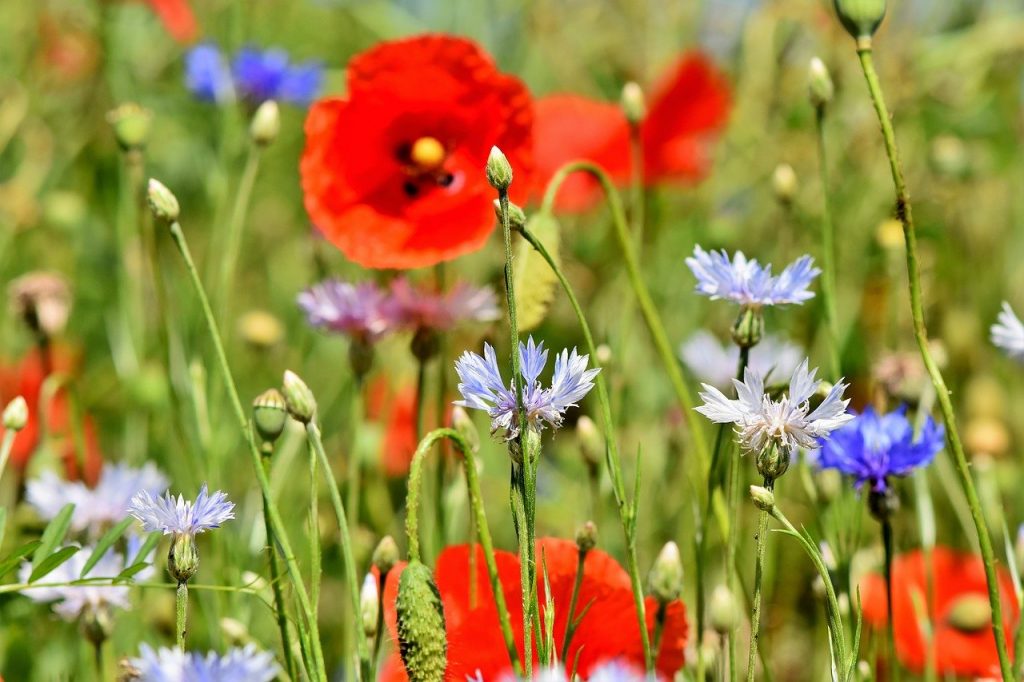What are Annuals, Biennals, and Perennial Plants?

Annuals – Plants that execute their whole life cycle from seed to flower to seed within a single expanding period. All origins, stems and leaves of the plant die each year. Only the dormant seed bridges the gap between one generation as well as the following.
Perennials – Plants that continue for many growing periods. Normally the leading section of the plant dies back each winter season as well as regrows the complying with springtime from the very same root system (e.g. Purple Coneflower). Many seasonal plants do maintain their leaves all year as well as deal attractive boundaries as well as groundcover (e.g. Tickseed, Shasta and Ox-Eyed Daisy). KEEP IN MIND: WHEN STARTING SEASONAL PLANTS FROM SEED, BLOOMS WILL BE OBSERVED IN EITHER THE SPRINGTIME OR SUMMER OF THE SECONDLY YEAR AND ALSO ANNUALLY THEREAFTER (e.g. Ox-Eyed Sissy grown in the spring of 1996 will certainly not grow till the springtime of 1997).
Biennials – Plants which call for 2 years to finish their life process. Very first period growth leads to a little rosette of fallen leaves near the soil surface. During the 2nd season’s development stem prolongation, blooming as well as seed formation take place followed by the entire plant’s death.
Annual/Perennial – A plant can act as an annual or a perennial depending on local weather and geographic growing problems. In the southern section of the United States, these plants tend to expand much quicker than in the north because of the warmer climate and prolonged expanding season. For instance: a Black-Eyed Susan would behave as a yearly if expanded in Louisiana; whereas, if grown in Ohio, a Black-Eyed Susan would act as a perennial.